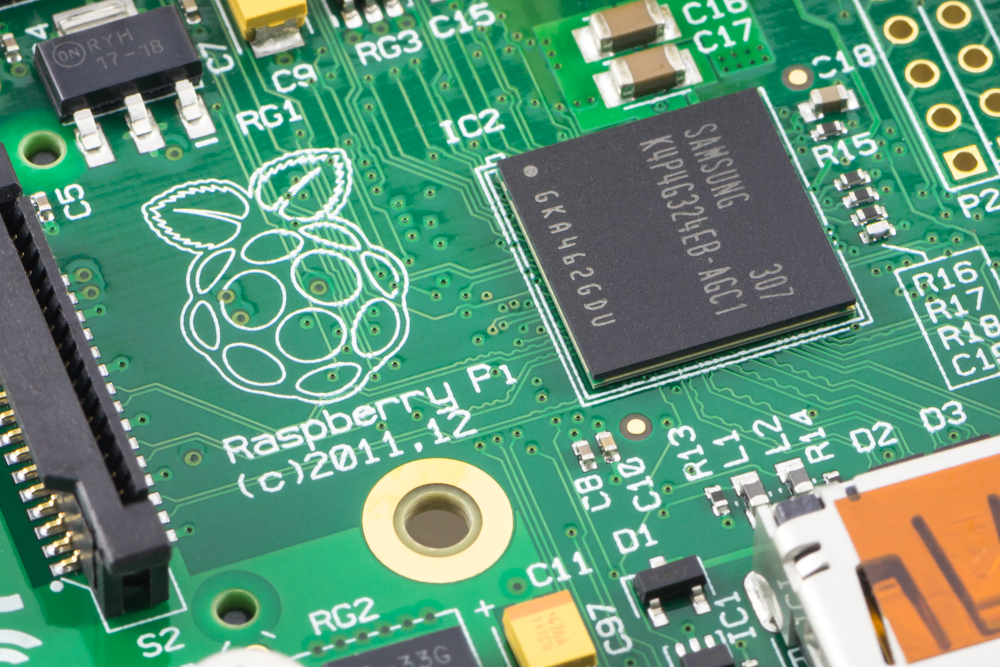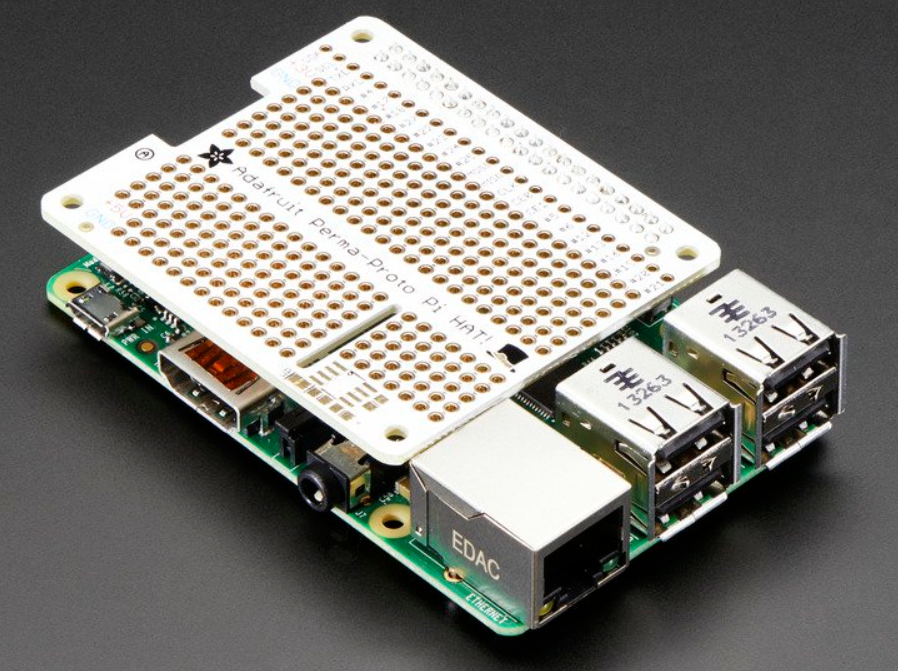In today’s internet age, you can learn how to fix your car, master a programming language and even earn an electrical engineering degree, without ever leaving home. If you want to apply this knowledge to make something entirely new, you can design and order custom product PCBs online and have them delivered in a few days.
Along with this knowledge and rapid manufacturing capabilities, there are a wide variety of ready-made computing solutions available, such as Arduinos, BeagleBoards and several flavors of the Raspberry Pi. You can create and load custom computing programs for these with standard USB interfaces, but what if you want them to physically do something? For prototyping new accessories or uses, each of these systems features expansion boards to help you with this task.

Building with the Raspberry Pi
In the Raspberry Pi’s case, these expansion boards are known as HATs (Hardware Attached on Top). This moniker is often used liberally, but in its strictest sense, it’s defined by the Raspberry Pi Foundation as a 65 x 56-millimeter board with an EEPROM chip that helps the Pi load the proper drivers for the device.
Other less official standards include the pHAT (partial HAT, also known as a Bonnet), which is optimized to fit on a Pi Zero, and SHIMs (Shove Hardware in the Middle), which tend to be small breakouts for specific purposes, like easy battery integration. These boards can help you take your idea to something physical that can be tested out before moving it to production—or as a one-off for your personal use.
You might be thinking that this sounds good if the Raspberry Pi was more than a toy for powering retro arcade systems or even something best used for education. While those are both popular and legitimate uses, Pi boards can be found in a variety of roles, even going so far as to be used as hardened industrial PCs.
Sfera Labs, for example, sells a line of Raspberry Pi HATs/enclosures that are DIN rail mountable and feature communication via RS-232 and RS-485, along with a real-time clock. One version even features a single relay output for limited direct control of machinery. Other exciting options include the DIN rail-mountable Revolution Pi and ThreeML’s Rhubarb IO breakout. For even more possibilities, the ComfilePi acts as a Pi-based panel PC.
Since much of the production machinery in use today is custom-made, each of these accessories can function as real-world Raspberry Pi prototyping tools in their own right. If you’re not looking to monitor or control industrial machinery, there are other HATs more suited towards independent inventors who want to make their ideas a reality. Here are a few examples to get you started.

- Prototype HAT
In very early development and experimentation with Raspberry Pi boards, you would normally run wires from the GPIO pins to an external breadboard, allowing it to interact with lights, sensors and other peripherals. When you need to move on to something semi-permanent, you'll want actual soldered connections.
For a compact solution that sits on top of the Raspberry Pi itself, go with a prototype HAT. Because it fits on top of the Pi, the prototyping area is rather small, so it works best when you only need to control a few external devices. Also, these boards are technically only “HAT-like,” as they don't normally include an EEPROM chip, per the official specification.
- Analog HAT
The Raspberry Pi comes with a variety of GPIO pins but no analog inputs. This can be critical if you need more than a simple on/off signal, so naturally, there's a HAT for that. Some Analog HATs follow the “almost-HAT” paradigm—they don’t feature an EEPROM chip, but are still easily compatible with Python.
- Automation HAT
For a HAT that “does it all,” the Automation HAT fits the bill. It features four analog-to-digital converters to sense the environment, along with channel indicator LEDs for easy diagnostics and a trio of relays and other IO capabilities. Best of all (depending on your use case), it breaks each pin out into 3.5-mm screw terminals, which means you don’t have to solder external components into place and can change them around with a few twists of a screwdriver.
- Sense HAT
For another very versatile board (albeit without the relay abilities of the Automation HAT), the Sense HAT is another great option. Notably, this device was sent to the International Space Station in 2015, but it works quite well in many terrestrial roles. It features an 8×8 RGB LED matrix for feedback, along with a tiny joystick and several sensors to take in data about its environment.
Retro Built Games
Of course, it’s possible to come full-circle on the “toy” argument, as there’s no reason this can’t also be a business. Ryan Bates, for example, has created his own niche on the internet with Retro Built Games. He sells kits to make miniature arcade cabinets meant to be used with Raspberry Pi boards, as well as other similar electromechanical machines and accessories.
Whether you need to monitor industrial machinery, make a prototype of your next million-dollar idea or even build the custom arcade cabinet that you've been dreaming of since the late ’80s, there's a Raspberry Pi HAT that can help.
Zach Wendt is a mechanical engineer with Arrow Electronics, a major supplier of Raspberry Pi products. Jeremy S. Cook is an engineer who has worked in manufacturing automation and writes for a variety of technical publications.
Advertisement
Learn more about Electronic Products Magazine





